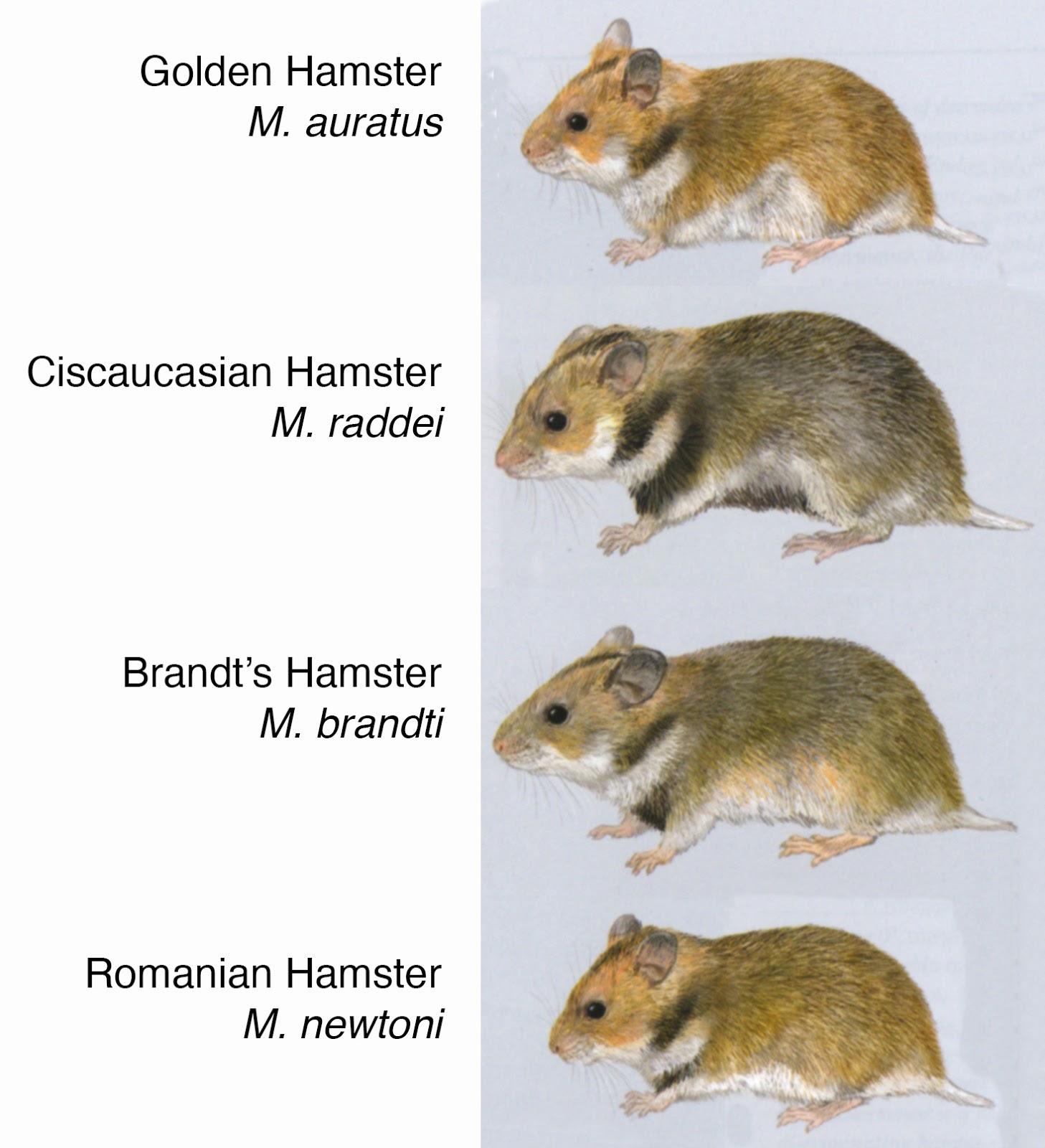History of Hamster Breeds
The Origins of Hamsters
The history of hamsters can be traced back to the early 18th century when the first species of these small rodents were identified. The Syrian hamster, also known as the golden hamster, was first discovered in Syria in 1839 by the Israeli zoologist Professor Aharoni. Since then, **hamsters** have gained popularity as pets due to their friendly temperament, compact size, and relatively low maintenance. Interestingly, the initial effort to domesticate these creatures didn’t occur until the late 20th century, significantly influencing the variety of breeds we know today.

The First Domesticated Hamsters
The first successful breeding program for hamsters began in the 1940s, specifically targeting the Syrian hamster. By carefully selecting specific traits, breeders managed to develop distinct variations among this breed, including variations in color and size. The introduction of the Roborovski, Campbell’s dwarf, and Chinese hamsters later expanded the landscape of domestic hamster breeds, each with unique characteristics and traits that appealed to pet owners.
Key Breeds and Their Traits
Several hamster breeds have become particularly popular among fans of rodent pets. The **Syrian hamster** can grow up to 6 inches and is characterized by a variety of color morphs, including golden, black, and cream. On the other hand, **dwarf hamsters**, such as Campbell’s and Winter White, are much smaller and can easily fit into the palm of your hand. They are known for their playful antics and friendly demeanor, making them a popular choice for younger pet owners.
Evolution of Hamster Breeds Over Time
As the interest in hamsters grew, so did the selective breeding of these animals. Breeders began focusing on creating more desirable traits, such as distinct fur patterns and varying sizes. The development of pygmy and teddy bear hamsters emerged from these breeding practices, showcasing just how far breeders have taken the basic characteristics of these creatures.

Popular Hybrid Breeds
Hybrid breeding became popular in the 2000s, particularly among dwarf hamsters. Breeders combined genetic materials from various dwarf species to create new hybrids with unique characteristics. These hybrid dwarfs, such as the Hybrid Russian and the Dzhungarian hamster, have gained popularity, although some pet owners voice concerns over health issues stemming from hybridization. It’s important for potential owners to be aware of these considerations when choosing a hamster breed.
Health and Lifespan Across Breeds
Health and lifespan vary significantly across hamster breeds. Syrian hamsters generally have a lifespan of 2-3 years and are relatively robust. Dwarf hamsters, due to their smaller size and complex genetic history, may face a wider range of health concerns such as diabetes or respiratory issues, which can affect their lifespans. Proper care, diet, and environment remain critical factors in ensuring a long, healthy life for any hamster breed.
The Impact of Hamster Breeds on Human Lives
Pet hamsters have positively influenced many people’s lives, serving as companions and even educational tools for children. The ease of caring for these small pets and their ability to bond with humans makes them popular choices for families. Many pet owners find joy in observing their hamsters’ natural behaviors, such as burrowing or foraging, adding an additional layer of engagement for pet owners.

Care and Considerations for Pet Owners
Owning a hamster requires specific care requirements, particularly concerning habitat setup, diet, and general health. A comfortable cage, appropriate bedding, a balanced diet, and regular interaction with their owner all contribute to the hamster’s well-being. Knowing the unique needs of each breed is essential for fostering a happy and healthy environment for these small creatures.
Hamsters in Popular Culture
Hamsters have made their way into various aspects of popular culture, from video games to animated television shows. Their playful and curious nature has made them endearing to audiences of all ages. Shows often portray hamsters as clever and adventurous characters, which has at times inspired viewers to consider adopting their own furry companions.
Key Takeaways
- The history of hamsters extends back to the 18th century, with the first breeds appearing in the 1940s.
- Selective breeding of hamsters has led to the development of numerous breeds, each with unique attributes.
- Understanding the specific needs and health considerations of different hamster breeds is vital for potential pet owners.
FAQ
1. What are the most popular hamster breeds?
The most popular hamster breeds include the Syrian hamster, Campbell’s dwarf hamster, and the Roborovski hamster. Each breed offers unique traits, personality, and care requirements, making them distinct options for potential pet owners.
2. How long do hamsters typically live?
On average, hamsters live between 2 to 3 years, depending on the breed and genetic factors. Syrian hamsters tend to have a longer lifespan than their dwarf counterparts.
3. Can different breeds of hamsters live together?
Generally, it is not recommended for different hamster breeds to live together, as they can exhibit territorial behavior, leading to aggressive encounters. It’s safer to house hamsters of the same species together, with appropriate space and resources.
4. What special care do dwarf hamsters need?
Dwarf hamsters require specific care, including a proper-sized habitat, a balanced diet low in sugars, and attention to social needs, as some dwarf species enjoy the company of their own kind.
5. Are there any health concerns with hamsters?
Yes, hamsters may face various health concerns, including diabetes, respiratory issues, and tumors. Regular veterinary check-ups and monitoring for signs of distress are essential to ensure their health.
